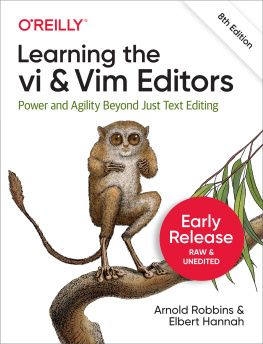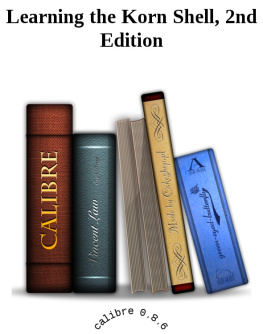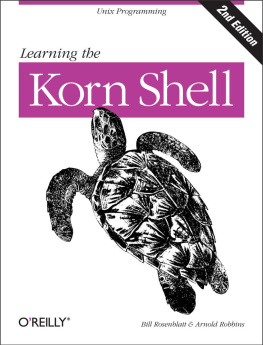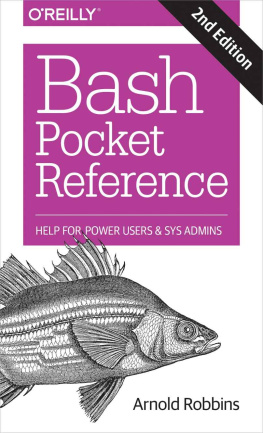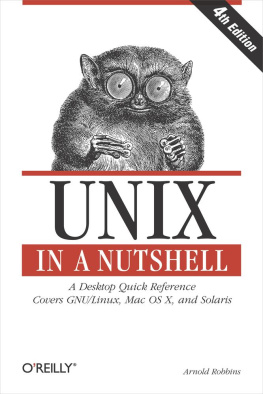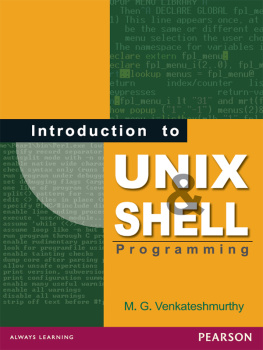Arnold Robbins - Unix in a Nutshell, Fourth Edition
Here you can read online Arnold Robbins - Unix in a Nutshell, Fourth Edition full text of the book (entire story) in english for free. Download pdf and epub, get meaning, cover and reviews about this ebook. year: 2005, publisher: OReilly Media, genre: Computer. Description of the work, (preface) as well as reviews are available. Best literature library LitArk.com created for fans of good reading and offers a wide selection of genres:
Romance novel
Science fiction
Adventure
Detective
Science
History
Home and family
Prose
Art
Politics
Computer
Non-fiction
Religion
Business
Children
Humor
Choose a favorite category and find really read worthwhile books. Enjoy immersion in the world of imagination, feel the emotions of the characters or learn something new for yourself, make an fascinating discovery.

- Book:Unix in a Nutshell, Fourth Edition
- Author:
- Publisher:OReilly Media
- Genre:
- Year:2005
- Rating:3 / 5
- Favourites:Add to favourites
- Your mark:
Unix in a Nutshell, Fourth Edition: summary, description and annotation
We offer to read an annotation, description, summary or preface (depends on what the author of the book "Unix in a Nutshell, Fourth Edition" wrote himself). If you haven't found the necessary information about the book — write in the comments, we will try to find it.
As an open operating system, Unix can be improved on by anyone and everyone: individuals, companies, universities, and more. As a result, the very nature of Unix has been altered over the years by numerous extensions formulated in an assortment of versions. Today, Unix encompasses everything from Suns Solaris to Apples Mac OS X and more varieties of Linux than you can easily name.
The latest edition of this bestselling reference brings Unix into the 21st century. Its been reworked to keep current with the broader state of Unix in todays world and highlight the strengths of this operating system in all its various flavors.
Detailing all Unix commands and options, the informative guide provides generous descriptions and examples that put those commands in context. Here are some of the new features youll find in Unix in a Nutshell, Fourth Edition:
- Solaris 10, the latest version of the SVR4-based operating system, GNU/Linux, and Mac OS X
- Bash shell (along with the 1988 and 1993 versions of ksh)
- tsch shell (instead of the original Berkeley csh)
- Package management programs, used for program installation on popular GNU/Linux systems, Solaris and Mac OS X
- GNU Emacs Version 21
- Introduction to source code management systems
- Concurrent versions system
- Subversion version control system
- GDB debugger
As Unix has progressed, certain commands that were once critical have fallen into disuse. To that end, the book has also dropped material that is no longer relevant, keeping it taut and current.
If youre a Unix user or programmer, youll recognize the value of this complete, up-to-date Unix reference. With chapter overviews, specific examples, and detailed command.
Arnold Robbins: author's other books
Who wrote Unix in a Nutshell, Fourth Edition? Find out the surname, the name of the author of the book and a list of all author's works by series.

